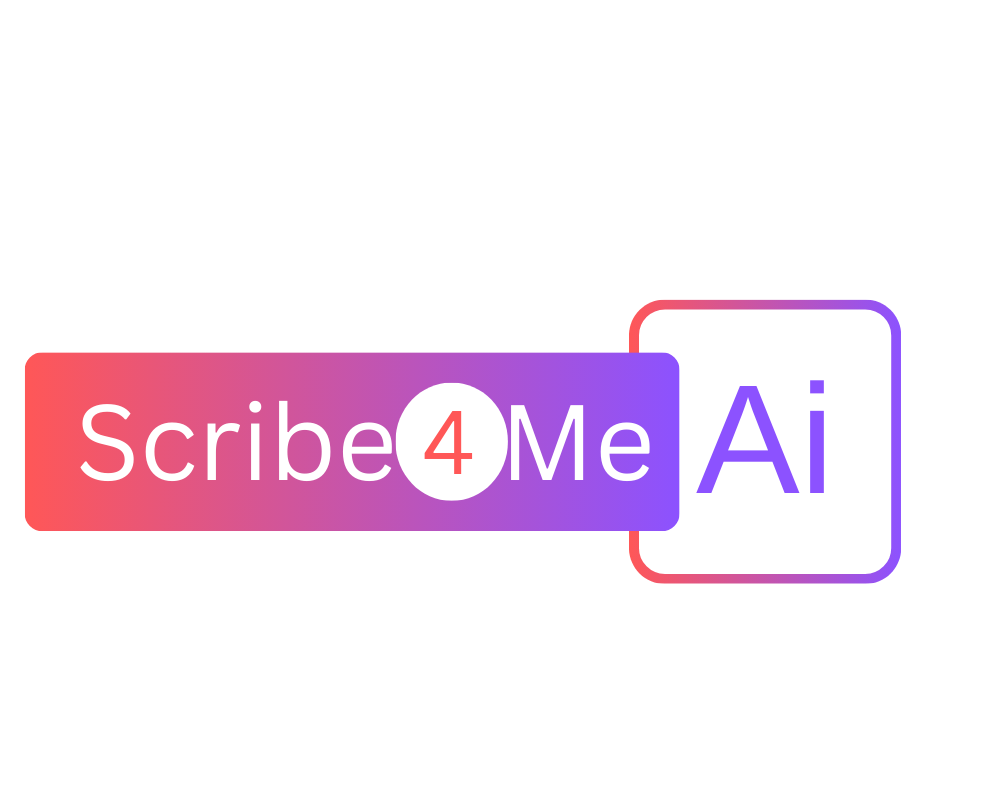

Practical Considerations For Implementing An AI Scribe In Your Practice
Clinical documentation is often perceived as a burden that contributes to stress and burnout, but fortunately, technology can help ease this strain. AI medical scribes, in particular, are changing the way physicians manage documentation and streamline their daily clinical routines. By automating repetitive, time-consuming documentation tasks, these tools let physicians dedicate more time to patient care. That said, switching to an AI scribe system requires more than just adopting new technology—it involves thoughtful planning and preparation. In this blog, we’ll explore practical steps to help your practice get the most out of an AI medical scribe.
Understanding An AI Scribe And Its Benefits
An AI scribe is a digital solution that uses natural language processing technology to interpret and document clinical conversations in real-time. It listens during patient visits, transcribes the conversation and generates structured notes for physician review and approval, thus streamlining the documentation process.
Now, before moving forward with implementation, it’s important to understand the key benefits of AI medical scribes. These tools can:
- Reduce physician burnout by easing administrative pressures and boosting well-being.
- Improve patient care by allowing physicians to engage more fully during visits.
- Enhance documentation accuracy, ensuring compliance healthcare regulations.
- Save time, allowing physicians to see more patients or focus on other priorities.
- Streamline workflows with real-time EHR integration, avoiding end-of-day backlogs that lead to after-hours work.
Knowing these benefits gives you a good reason to use this technology.
Practical Tips To Get The Most Out Of An AI Scribe
Assess Your Practice’s Needs
Every practice is unique, and it is important to understand what yours is. Before you get started, consider asking yourself these questions.
What are the current documentation challenges?
How much time do you spend working with EHRs, both during and after clinic hours?
Which features are most important—customizable templates, integration with existing EHRs, or multi-platform access?
By doing a thorough evaluation you can find the right solution for your practice.
Research Vendor Offerings
With numerous AI scribe service providers available on the market, it's crucial to conduct in-depth research on vendors to find an AI scribe that meets your practice's unique requirements. Compare features, assess reliability, cost transparency and evaluate customer support to ensure you choose a trusted provider. Make sure the AI scribe is compatible with your EHR system and offers customization options to fit your workflows. This thorough evaluation will help you choose a solution that not only meets your current needs but also supports your practice's growth and efficiency.
Verify Data Security And Compliance
Healthcare data is highly sensitive, so it is crucial to protect it. Make sure the AI scribe adheres to HIPAA and privacy rules. Check the provider's data security measures, such as encryption and secure storage, to safeguard patient information. Also, get to know the vendor’s data retention and third-party management policies to protect your practice and patient privacy.
Pilot Test and Team Input
Implement a pilot phase to find out if the AI scribe is for your practice and fits into your daily workflows. Get feedback from your team on its functionality and ease of use. Proper training for physicians is essential to ensure successful implementation and maximize the AI scribe tool’s effectiveness during the trial period.
Evaluate Cost vs. Efficiency
Calculate the potential ROI by looking at how much time and administrative work AI scribes can save. Weigh the expected improvements in workflow efficiency against the upfront cost, to determine if the investment is worthwhile for your practice.
Review AI-Generated Notes
AI scribes use advanced NLP algorithms to generate highly accurate notes, but physician oversight remains crucial. Physicians must review and edit the AI-generated notes as needed to ensure 100% accuracy and completeness. Verifying notes and making any adjustments if required helps maintain high-quality documentation.
Ensure Seamless Upgrades
Successful implementation requires ongoing vendor support to keep your system updated. As AI scribes evolve, regular updates ensure access to the latest features and optimal functionality. Prioritizing security upgrades safeguards sensitive medical data. A reliable vendor guarantees both seamless performance and compliance.
Conclusion
Implementing an AI scribe into your practice can make managing documentation easier and streamline your workflows for greater efficiency. By understanding the benefits and adopting the practical tips can help physicians decide if this technology is a good fit for their practice or not. Remember, the goal is not just to adopt new technology but to reduce documentation burden, enhance patient care and improve efficiency. When done right, AI scribes can be a powerful tool for enhancing your practice’s overall performance.
Looking to implement an AI scribe in your practice? Look no further than Scribe4Me.Ai. Our advanced AI scribe works with any EHR of your choice, featuring customizable templates, multi-platform access, and full compliance with HIPAA, to ensure accurate and reliable notes. Start a 7 day free trial today to see how it can fit into your practice and improve your workflow.


